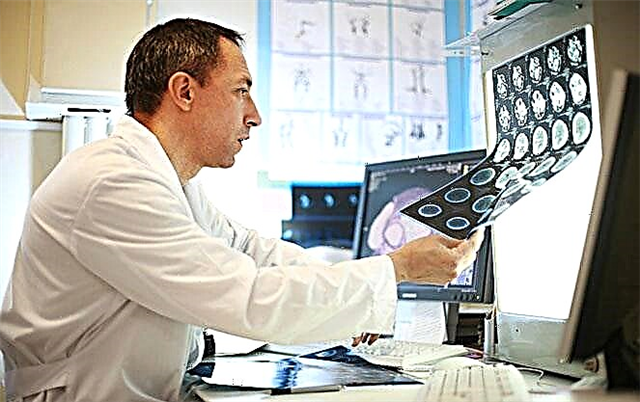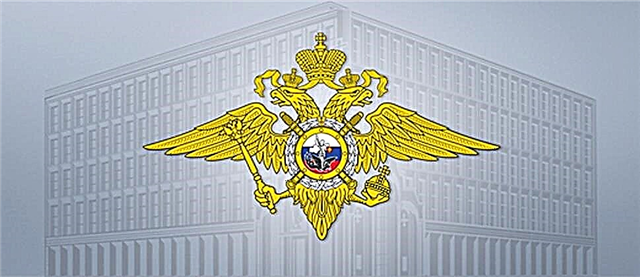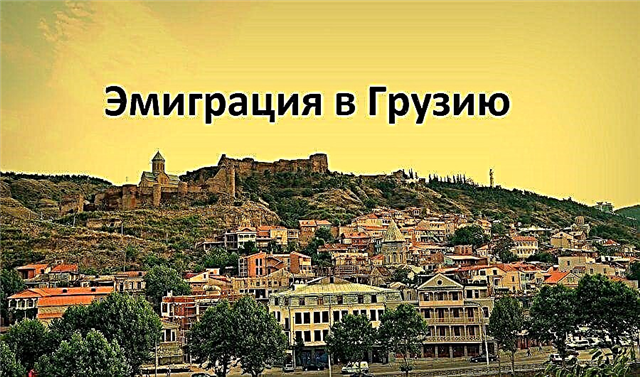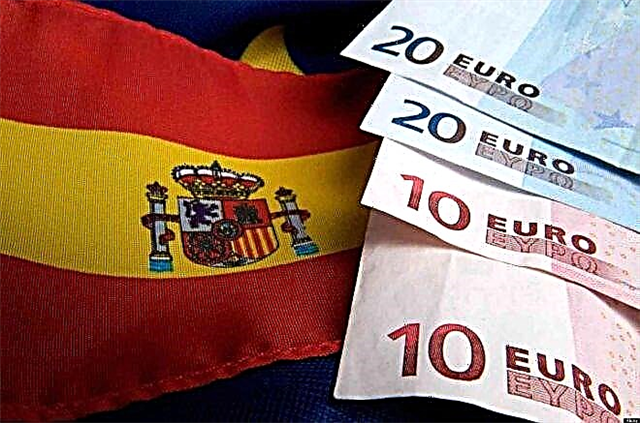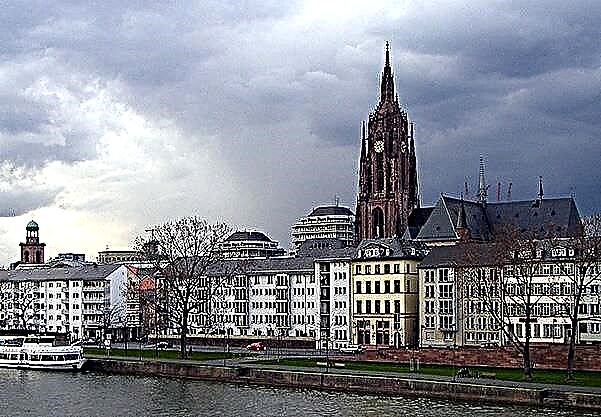Today, Frankfurt Kaiserdom is surrounded by modern buildings on all sides, and it seems that it lacks space. However, it still remains one of the national symbols of modern Germany, the main attraction of the city and a place of pilgrimage for tourists who want to get there to admire the beautiful panorama of the city.

Basic information about the cathedral
The Kaiserdom, also known as the Imperial Cathedral of St. Bartholomew, is the largest and oldest temple in Frankfurt am Main. The majestic Gothic cathedral is located in the historic center of the city, raising its spire to a height of 95 meters. It began to be built in the middle of the XIII century on the site of the ancient Church of the Savior, and this process dragged on for almost two centuries.
The cathedral hosted the coronation ceremonies of the emperors of the Holy Roman Empire. It was here in the period of the XIV-XVIII centuries. most of the German monarchs were crowned.
And in the 19th century, the temple became a symbol of the unity of the German nation. Therefore, it is no coincidence that the main Frankfurt temple is considered an important historical place for all residents of Germany. Despite this, during its more than 800-year history, the cathedral has never been awarded the status of a cathedral; it has never held services with the participation of a bishop.
If you decide to see the sights of Frankfurt am Main, the Imperial Cathedral must be included in this list.
How was the construction of the temple
The land on which the temple is located is a former island. As evidenced by the results of the excavations carried out, man mastered this place back in the Neolithic era. And the first building for religious purposes appeared here during the rule of the Romans - in the years 83-260, an early Christian chapel was located on the island territory. Then, at the end of the existence of the Roman Empire, a luxurious villa was built in its place.
In the 6th century, during the Merovingian era, a small royal Catholic church was re-erected in this place, which, after the change of the ruler, underwent serious reconstruction and became the palace chapel of the Carolingian dynasty (7th-9th centuries). Since the 9th century, the ancient Basilica of the Savior was located on the site where the cathedral is today.

In 843, the Frankish Empire was divided into three parts and the area of the future Frankfurt became part of the Eastern Kingdom. The death of the last emperor in 855 brought independence to the kingdom, as a result of which the region became the territorial base of the future Germany.
In the 13th century, the basilica undergoes significant changes: the temple acquires Gothic features, its architectural appearance, which is well known to the inhabitants of Frankfurt, begins to take shape.
The building was practically rebuilt. However, even after that, the cathedral was completed many times, and it acquired its appearance, which has survived to this day, only in the 15th century.
In 1239, the cathedral received a patron saint - the holy Apostle Bartholomew, and from that time it began to be named in his honor.
The next reconstruction was awaiting the Cathedral of St. Bartholomew in 1867. After a severe fire destroyed most of the interior, King Wilhelm I of Prussia (in 1866 Frankfurt became part of the Prussian Kingdom) restored the basilica in all its former splendor.
Another test for the cathedral was the years of the Second World War. From the fall of 1943 to the early spring of 1944, Frankfurt was bombed. Then the historical center was badly damaged, and the cathedral was seriously damaged. However, all the works of art stored there were saved. The work on the restoration of the temple was completed only in the late 50s.
Architectural appearance and interior decoration
The building was built of red brick in the Gothic style. In the north wing is the main entrance to the building, in the west - the famous clock tower. The cathedral resembles a Greek cross in shape. The interior layout of the premises resembles the three-nave basilicas of Rome - a tribute to the ancient Church of the Savior.
The length of the buildings is 64 meters, the height of the central room is 17 m, and the domes are 23 m. The portal at the main entrance is decorated with sculptures of Jesus Christ and his disciples; nearby there is also a bas-relief of the Apostle Bartholomew, created in 1957 by Hans Mettel.
The cathedral contains priceless works of art. It houses the famous painting "Lamentation of Christ" by the great Dutch painter Anthony Van Dyck, as well as the sculpture "The Crucifixion of Christ" by Hans Bakhoffen.
The interior of the cathedral is made in the Gothic tradition: numerous frescoes, bas-reliefs, stained-glass windows, sculptures. The famous carved Altar of the Sleeping Virgin Mary is impressive. Here you can also see old gravestones, skillfully carved wooden icons.
In the east wing of the cathedral there is an interesting chapel called "Valkapelle". The walls of the choir and the space in front of the altar are painted with magnificent frescoes that reveal the details of the life of the Apostle Bartholomew. These murals on the walls, which date from 1407, miraculously survived the terrible fires of 1867 and 1944.
Sacred relics of the cathedral and museum
Since the temple was named after the apostle Bartholomew, who once patronized him, the sacred relics stored in it are mainly associated with this disciple of Jesus Christ. The special treasures kept in the Imperial Frankfurt Cathedral include the relief of St. Bartholomew and the upper part of his skull. This relic is exhibited only on major holidays, so not everyone can see it.
There is also a museum on the territory of the temple, visiting which you can learn about the history of the temple and important events that took place within its walls. Decorations and other items that belonged to members of the royal houses of Germany are exhibited here, because once emperors were elected and crowned in this building. Among them are crowns, swords, scepters and other symbols of the monarchical power of the Holy Roman Empire, which were used during the solemn coronation ceremony.
When can you visit the cathedral
Frankfurt St. Bartholomew's Cathedral is open to the public until 20.00. You can climb to the observation deck, breaking 328 steps of two spiral staircases, to enjoy the panorama of Frankfurt am Main, every day from 9.00 to 18.00. The entrance to the territory of the temple is free. You will have to buy a ticket for 3 euros only if you decide to visit the museum (admission is free for children).
Inside the cathedral, it is allowed to use the camera, but with the flash turned off.
Services in the church are held at 8.00, 12.00 and 18.00. You need to come to the service in appropriate clothes: it is undesirable to come in a mini-skirt, shorts and a T-shirt, knees and shoulders should be covered. During the divine service, it is necessary to observe silence, it is not worth taking photographs.

To find out when the excursions take place, you should go to the official website of the Frankfurt Cathedral. There you will also find information on which days you can see the main relic of the temple - the upper part of the skull of the Apostle Bartholomew.
How to get to the cathedral more conveniently
The Imperial Cathedral is located next to Romerberg Square, but you need to walk a little along Bendergasse Street. The tower 95 meters high will be hard to miss. The Archaeological Garden is located next to the temple. The exact address of the cathedral is Domplatz 14, Frankfurt am Main.
You can get to it by metro lines 4 and 5, get off at the Dom / Römer station. Alternatively, take tram no. 11 or no. 12 to the Römer stop.
Finally
Frankfurt Cathedral is one of the national symbols of Germany. The building was built in the Gothic style.The observation deck at an altitude of 95 meters offers a beautiful view of the historical part of the city.
On the territory of the cathedral there is a museum, where you can see the outfits and attributes of the palace nobility.
The main relic of the basilica is the upper part of the skull of the Apostle Bartholomew. The shrine is put on public display only on holidays.
The cathedral is open to visitors every day until 20.00, admission is free. Divine services are held three times a day in the temple, which must be attended only in appropriate clothing.
You can get to the Imperial Cathedral by metro or tram.
In Germany, you can also see the highest Ulm Cathedral, the world famous Ettal Monastery, the famous Berlin Cathedral.



